Terrasses blanc Chateau Pesquie 2021
Toва вино е интересен купаж от 40% Вионие, 20% Русан, 20% Кларет и 20% Гренаш. Замислено е да бъде най-свежото, леко и ефирно бяло от селекцията на Пеские. Не се практикува отлежаване в дъб. Ферментацията протича при контролирана температура с цел запазване на свежестта и деликатността на виното. Приятни нотки на лайм, бели цветя, зелена ябълка и минерален нюанс. Леко тяло.
Region
Profile
-
Fruit
-
Body
-
Dryness
-
Freshness
-
Alcohol
Glass

Serving Temperature

Food pairing
-

-

-

Maturity
Drink nowMore of the same producer
More about this product
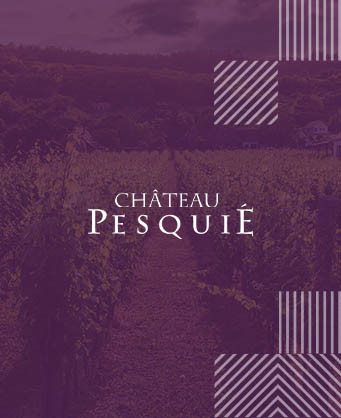
Château Pesquié
Винопроизводството на Château Pesquié е старо над сто години и продължава да бъде семеен бизнес. Семейството се грижи за винопроизводството и развитието на марката през последните десетилетия. Известни с използването на устойзиви и биодинамични методи във винопроизводството си, те се стремят към екологична устойчивост и опазване на околната среда. Намират се в долината на Ventoux южната част на региона Рона във Франция. Тероарът е известен със своите идеални климатични условия и почвени характеристики за винопроизводство.Château Pesquié е изключителен представител на винопроизводството в региона на Рона, известен с уникалните си вина и ангажимента си към устойчивостта и качеството.
All wines of the same producer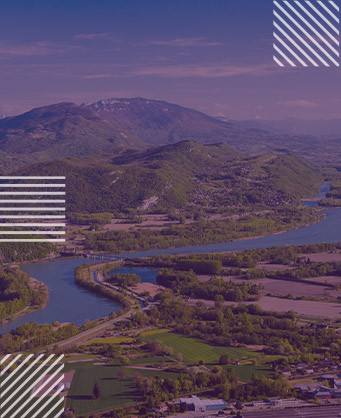
Rhone Valley
The Rhone Valley is a long, narrow strip in the south of France. In practice, this region is divided into two sub-regions, each with its own type and identity - North and South Rhone. The northern part is best known for its legendary and long-lasting red wines, mainly from Syrah grapes: Hermitage, Ivory Coast, St. Joseph and Cornas, as well as the fragrant white Viognier from Condrieu. The south is home to the full Chateauneuf-du-Pape and Gigondas, as well as the light Rose of Tavel. Chateauneuf-du-Pape can be a blend of up to 13 different varieties, 3 of which are even white. This is the main difference between it and Gigondas, where white varieties in the blend are not allowed. The most famous of these main red varieties are Grenache, Mourvedre, Syrah and Cinsault, and the white ones are Roussanne, Marsanne and Viognier.
More wines of this region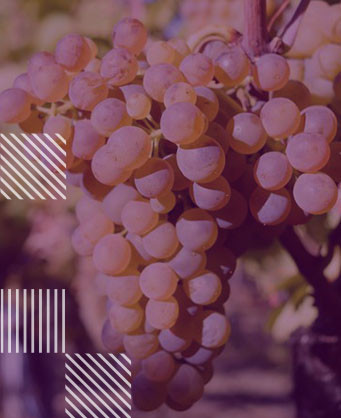
Viognier
Viognier is a white grape variety used to produce rich wines with pronounced aromas of stone fruit, but can also be very herbal, with aromas of chamomile, lavender, thyme and even a hint of pine. At the end of the 1960s, the Viognier plantations numbered only 14 hectares - mainly located around Condrieu and Château-Grillet. The variety is difficult to grow, has a naturally low acidity. At the same time, it requires a lot of sunshine to ripen properly, but if there is too much heat, it accumulates sugars quickly and due to the high alcohol content, the final wine loses the apricot tones in its aromatic profile. Despite these difficulties in cultivation, after the late 70s of last century, various winemakers around the world began to experiment with it - mailny in Australia and the United States. Today, Viognier is enjoying a remarkable renaissance, with even increasing areas in France, and is also grown in Italy, Spain, Switzerland, the United States, Chile, Argentina, South Africa, Australia, New Zealand and even Japan. The variety performs quite well when fermented in oak barrels, in which case the herbal aromas are softened and shades of honey and vanilla are added to them. Interestingly, Vionnier is allowed and used in the Côte-Rôtie appellation for co-fermentation with Syrah. The allowed addition is up to 20% and actually it contributes significantly to improving the profile of the final wine.
More wines of the same variety
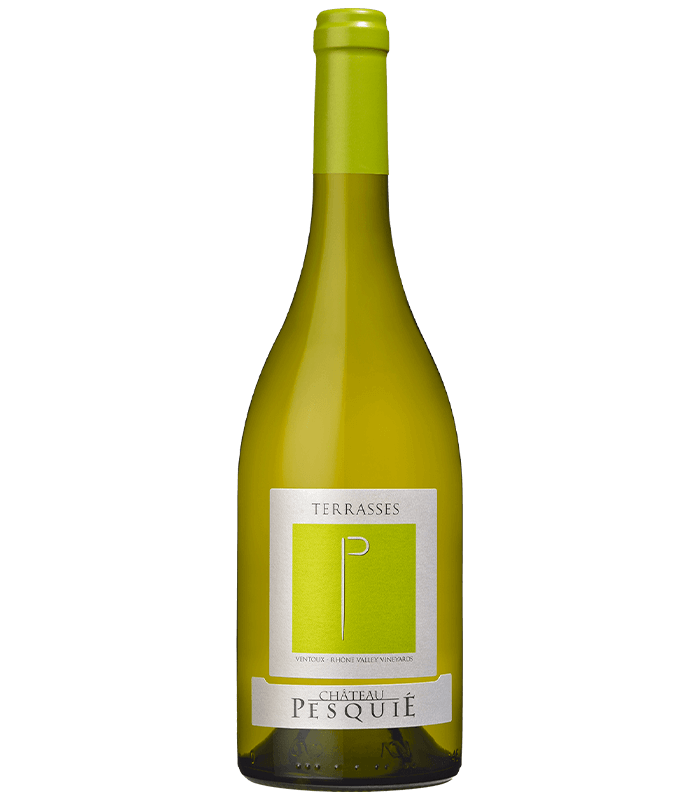






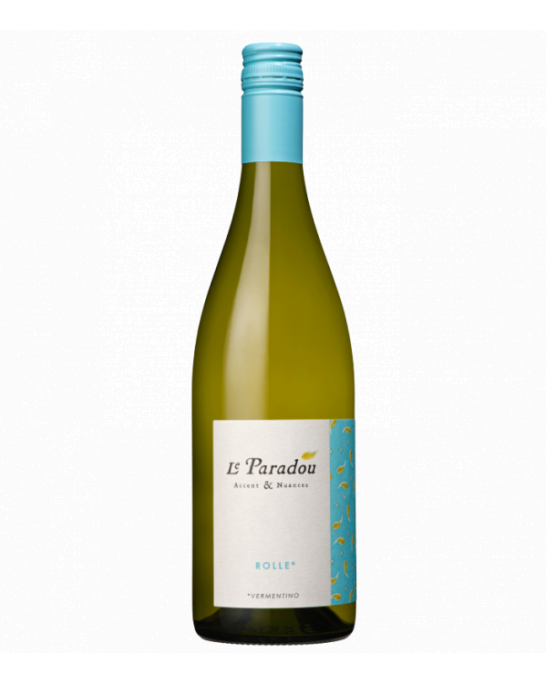
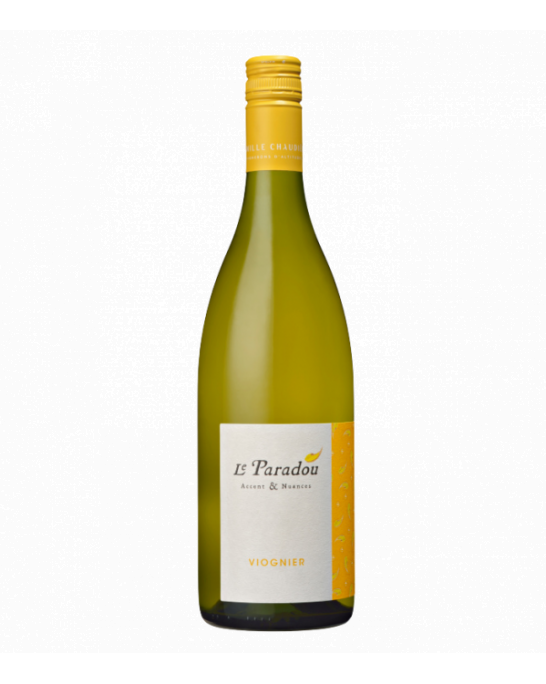
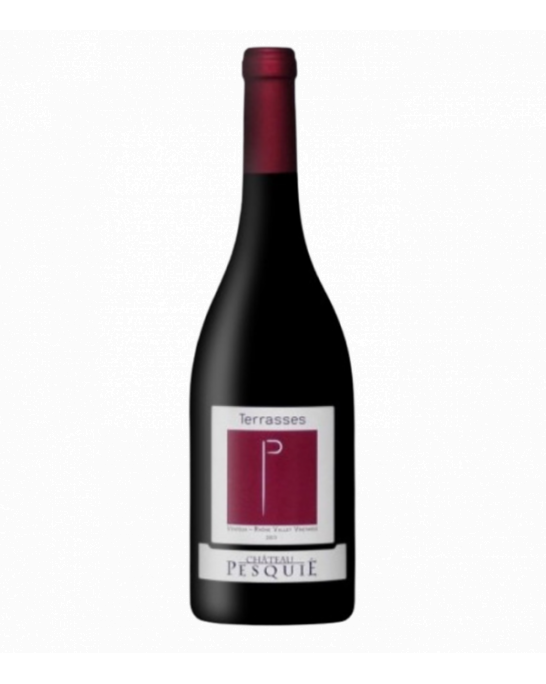
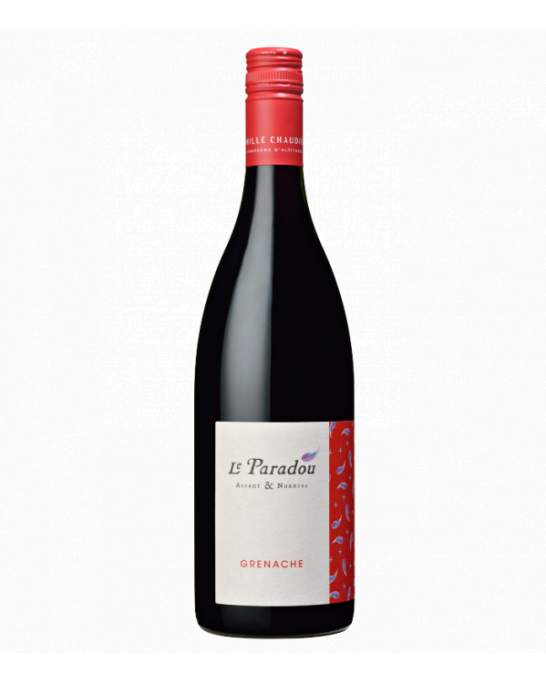
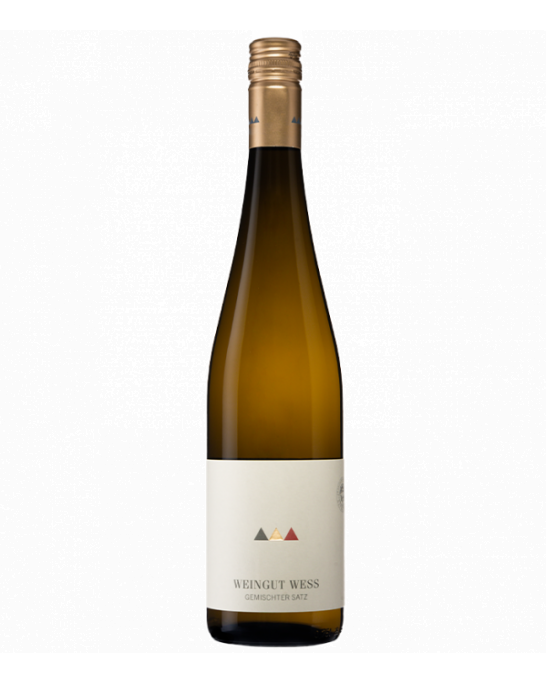
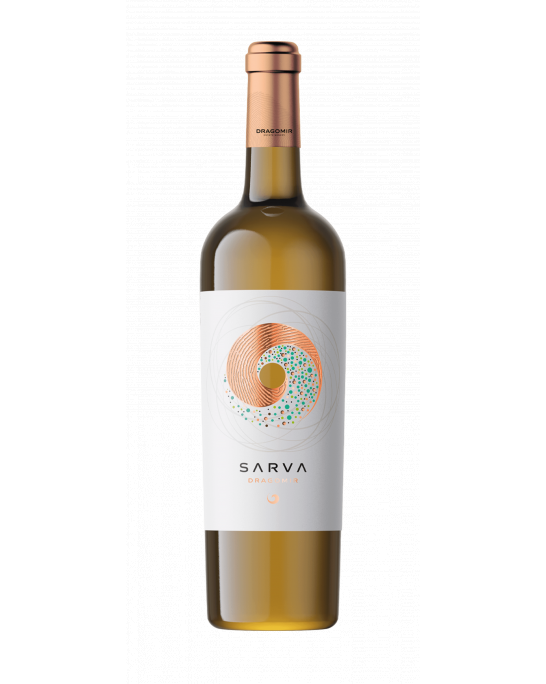
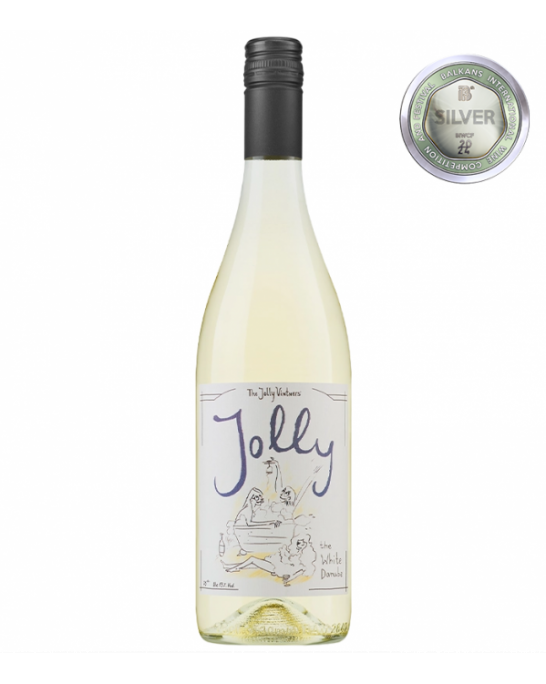
Customer reviews
No reviews available
Be the first to review